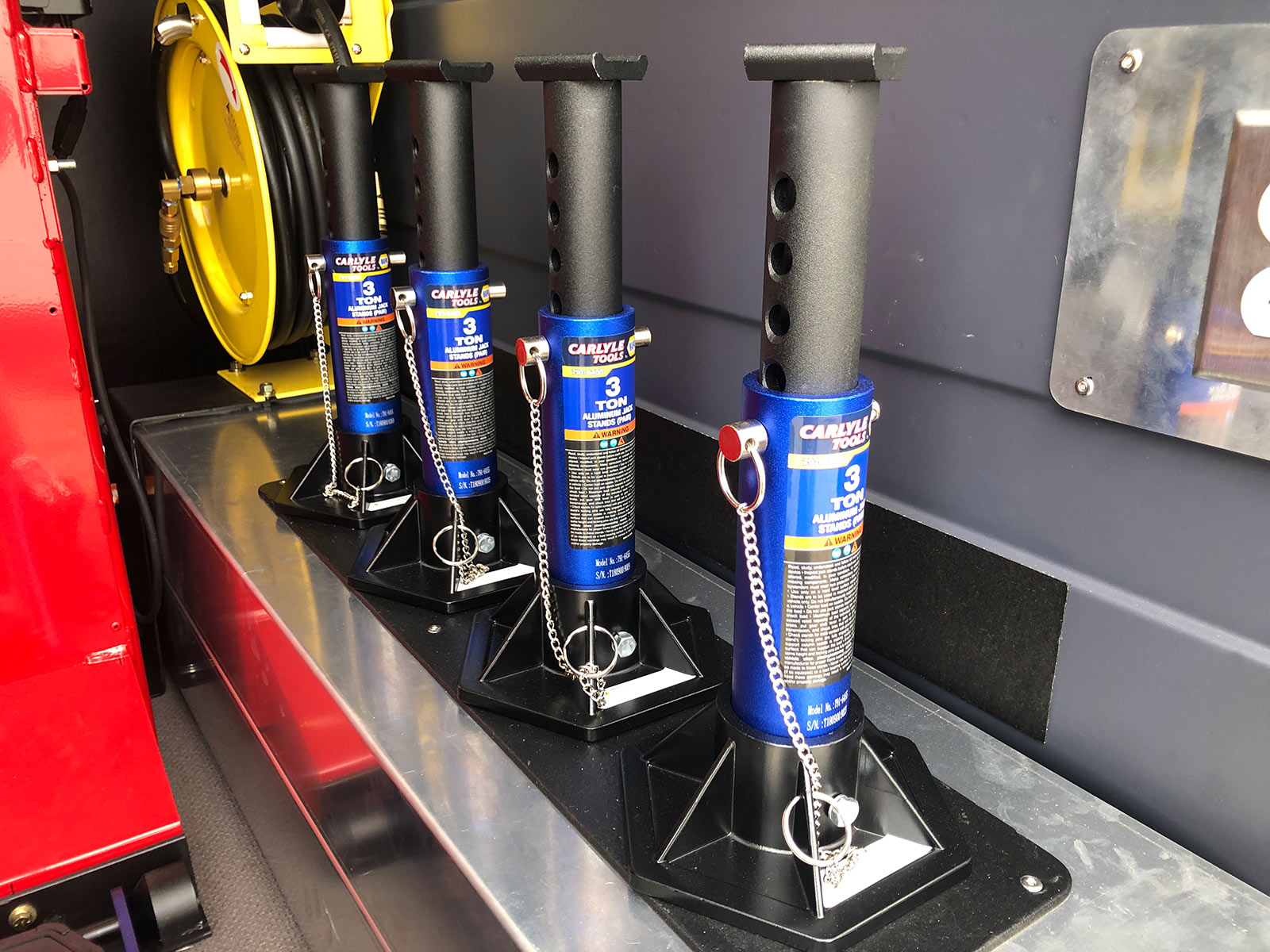Tire Solution: Proven Approaches for Optimum Tire Upkeep and Treatment
From guaranteeing proper tire pressure to normal rotation and positioning, there are tried and tested techniques that can considerably expand the life-span of your tires and enhance total driving experience. Allow's dig into the globe of tire solution and uncover the keys to maintaining your tires in excellent shape for the lengthy haul - Mobile Tire Service Las Vegas.
Importance of Tire Stress
Ample tire pressure advertises far better fuel effectiveness, as under-inflated tires can lead to raised rolling resistance, causing the engine to work harder and take in even more gas. Appropriate tire stress makes sure also step wear, enhancing tire durability and saving money in the long run by postponing the demand for premature replacements. Consistently changing and examining tire stress, especially before long journeys, is a basic yet reliable means to enhance vehicle performance, extend tire life expectancy, and prioritize security on the road.
Tire Rotation Standards
When taking into consideration tire turning standards, it is necessary to understand the significance of this maintenance task in maximizing tire lifespan and keeping optimum lorry efficiency. Tire turning includes altering the setting of each tire on a car to guarantee even tread wear. Front tires often tend to put on faster than back tires because of steering forces, making regular turning critical for well balanced wear patterns. The advised turning pattern differs depending on whether a vehicle is front-wheel, rear-wheel, all-wheel, or four-wheel drive. Typically, tires need to be revolved every 5,000 to 7,500 miles, or as suggested in the automobile handbook. Disregarding tire turning can bring about unequal wear, affecting handling, grip, and potentially compromising vehicle safety and security. By adhering to proper turning standards, chauffeurs can expand the life of their tires, enhance fuel performance, and enhance total driving experience. Routine turning is an easy yet effective maintenance practice that contributes considerably to tire long life and car efficiency.

Advantages of Wheel Placement
Guaranteeing proper wheel alignment after tire turning is critical for keeping balanced wear patterns and taking full advantage of vehicle performance. Wheel positioning refers to the modification of the angles of the wheels to the manufacturer's specs. Among the essential benefits of wheel placement is enhanced steering and dealing with response. When the wheels are effectively lined up, it reduces guiding effort, making certain a smoother and much more regulated driving experience. Furthermore, correct wheel positioning aids to prolong the life-span of your tires. Misaligned wheels can trigger irregular tire wear, bring about premature tire substitute and increased upkeep prices.

Tire Footstep Depth Examine
Carrying out a normal evaluation of tire step depth is necessary for maintaining risk-free driving problems and prolonging the life expectancy of your tires. The step on your tires plays a vital role in offering grip, especially in wet or unsafe conditions. To inspect your tire step deepness, you can use a walk deepness scale or the penny test. The suggested step deepness is at least 2/32 of an inch. If the step have a peek at this site depth is listed below this threshold, it is time to replace your tires to make sure ideal efficiency and security when traveling. Uneven walk wear can suggest problems with tire alignment, pressure, or suspension, highlighting the importance of routine tread depth checks. Neglecting to keep track of and maintain proper tread depth can lead to reduced grasp, longer stopping ranges, and a boosted danger of hydroplaning. By integrating tire tread depth look into your regular upkeep routine, you can drive with confidence knowing that your tires remain in leading condition.
Seasonal Tire Inspection
A thorough analysis of tire problem tailored to details climate condition is important for keeping ideal efficiency and security throughout the year. Seasonal tire inspection is an essential facet of tire maintenance that makes certain tires are prepared to encounter the challenges presented by various climate condition. In preparation for wintertime, it is vital to examine the tire pressure consistently as chilly temperature levels can cause tire stress to drop. Checking tire tread depth is additionally important to ensure appropriate find more information grip on snow and ice-covered roads. In addition, inspecting for indicators of wear and tear, such as bulges or splits, can help stop potential tire failures. As the periods change, it is very important to evaluate tire condition and make any kind of necessary adjustments to ensure safe driving. By carrying out regular seasonal tire inspections, chauffeurs can extend tire life-span, enhance gas efficiency, and most significantly, make sure a safe and secure driving experience in differing weather problems - Mobile Tire Change Las Vegas.
Conclusion
Finally, preserving proper tire stress, rotating tires consistently, lining up wheels appropriately, checking tread deepness, and conducting seasonal assessments are important techniques for optimal tire treatment. By following these verified approaches, motorists can guarantee their tires last much longer, carry out far better, and add to general lorry safety. It is vital to prioritize tire maintenance to stop accidents, enhance gas efficiency, and prolong the life expectancy of tires.
Adequate tire pressure promotes far better gas efficiency, as under-inflated tires can lead to enhanced rolling resistance, triggering the engine to function harder and consume more fuel.When thinking about tire description turning standards, it is essential to understand the value of this upkeep job in optimizing tire life-span and keeping optimum vehicle performance. Seasonal tire evaluation is an essential element of tire upkeep that makes certain tires are all set to encounter the obstacles postured by various climate problems. By performing regular seasonal tire examinations, vehicle drivers can lengthen tire life-span, boost gas effectiveness, and most notably, make certain a safe and secure driving experience in differing weather condition conditions.
In conclusion, maintaining proper tire stress, revolving tires consistently, lining up wheels appropriately, checking walk depth, and conducting seasonal inspections are essential techniques for ideal tire care.